Optimal Seasons for Rubber Roofing Repairs
Rubber roofing repairs are most effective when performed during specific seasons that favor optimal conditions. Understanding the best timing ensures longevity and proper sealing of repairs, reducing the risk of future issues.
Spring offers moderate temperatures and lower humidity, ideal for effective rubber roofing repairs and sealing.
Early summer can be suitable, but high temperatures may affect adhesive performance and curing times.
Fall provides cooler weather and lower rainfall, making it a good time for repairs before winter.
Winter is generally unsuitable due to cold temperatures, snow, and ice, which can hinder repair adhesion and curing.
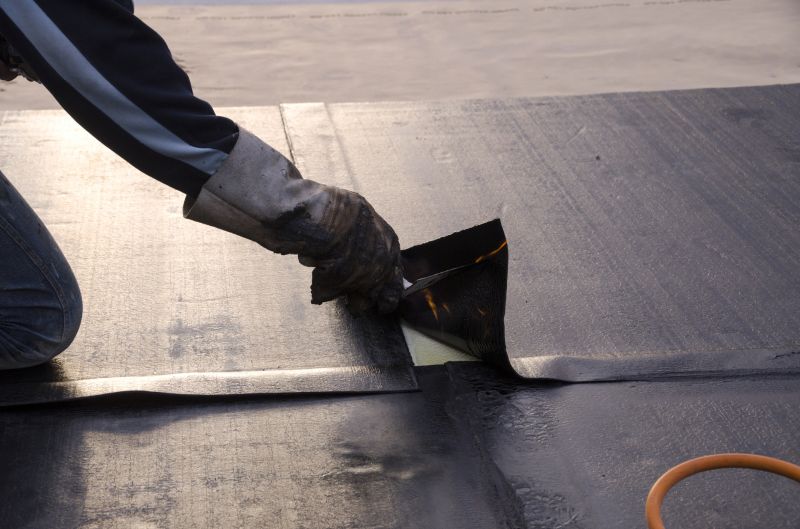
Ways to make Rubber Roofing Repairs work in tight or awkward layouts.
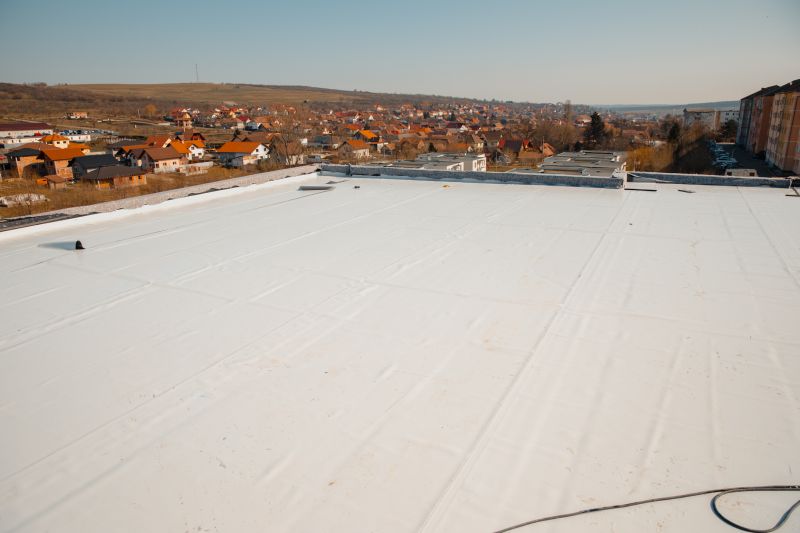
Popular materials for Rubber Roofing Repairs and why they hold up over time.
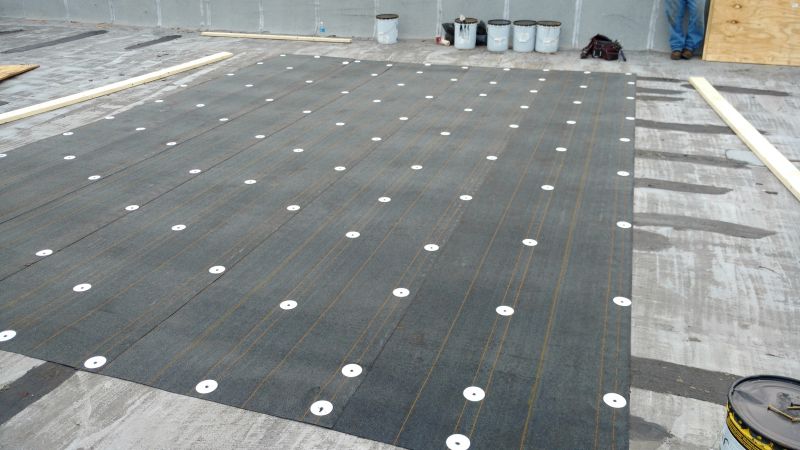
Simple add-ons that improve Rubber Roofing Repairs without blowing the budget.

High-end options that actually feel worth it for Rubber Roofing Repairs.

Finishes and colors that play nicely with Rubber Roofing Repairs.
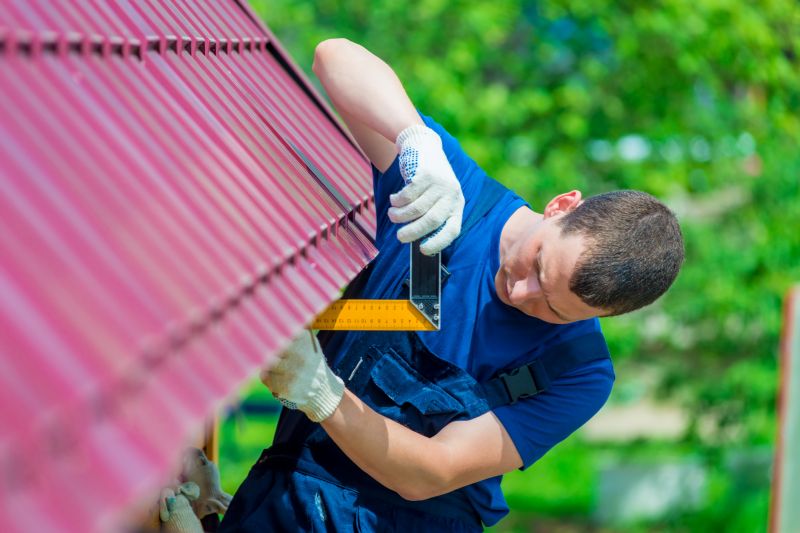
Little measurements that prevent headaches on Rubber Roofing Repairs day.
| Season | Recommended Conditions |
|---|---|
| Spring | Moderate temperatures, low humidity |
| Summer | Early summer preferred, avoid peak heat |
| Fall | Cooler weather, low rainfall |
| Winter | Not recommended due to cold and snow |
Rubber roofing is a durable and flexible material widely used for flat and low-slope roofs. Its resilience to weather conditions makes it a popular choice for commercial and residential properties. Proper maintenance and timely repairs can extend the lifespan of rubber roofs significantly. Statistics indicate that rubber roofing can last up to 30 years with appropriate care, with repairs typically needed due to punctures, tears, or seam issues. Regular inspections help identify problems early, preventing costly replacements.
Temperature fluctuations, UV exposure, and ponding water are common factors that contribute to rubber roofing deterioration. Repairing promptly during suitable seasons minimizes the risk of leaks and structural damage. Effective repairs involve patching, sealing, and reinforcing vulnerable areas to maintain the roof’s integrity over time.
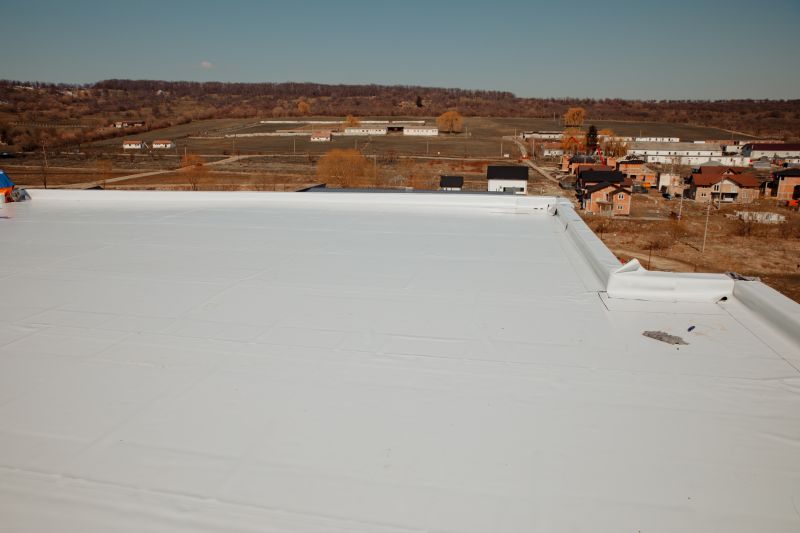
A 60-second routine that keeps Rubber Roofing Repairs looking new.

A frequent mistake in Rubber Roofing Repairs and how to dodge it.
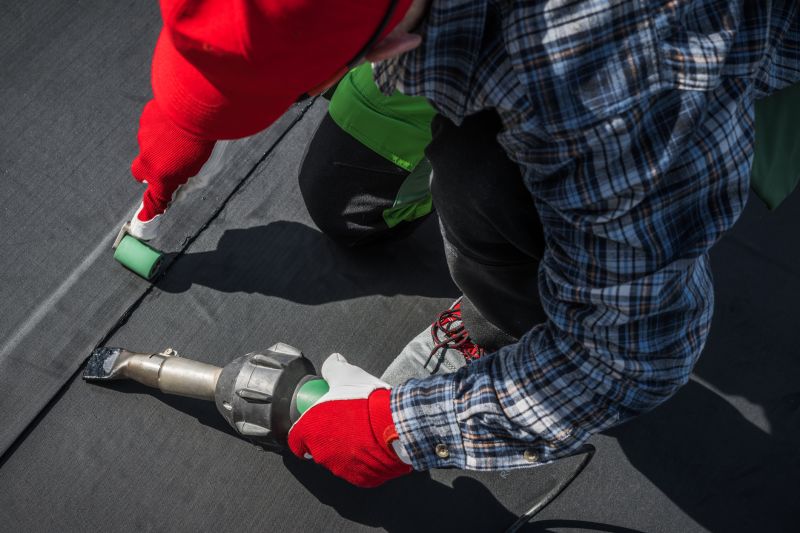
Small tweaks to make Rubber Roofing Repairs safer and easier to use.
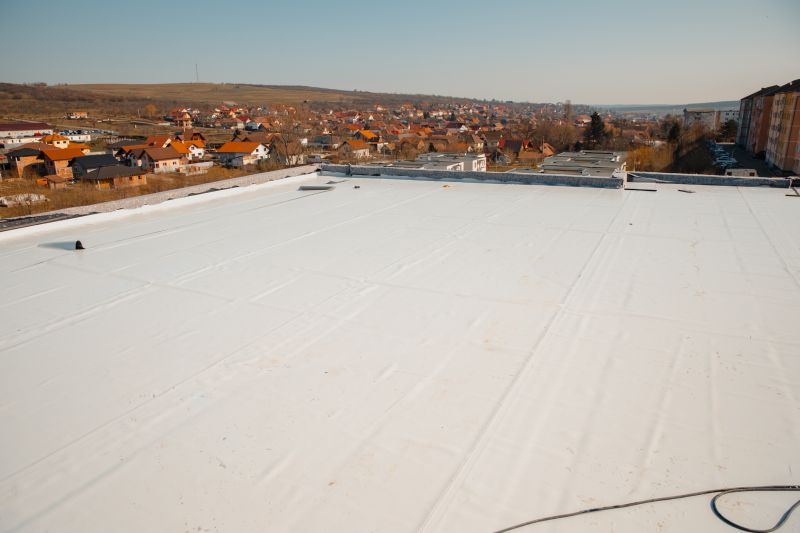
Lower-waste or water-saving choices for Rubber Roofing Repairs.
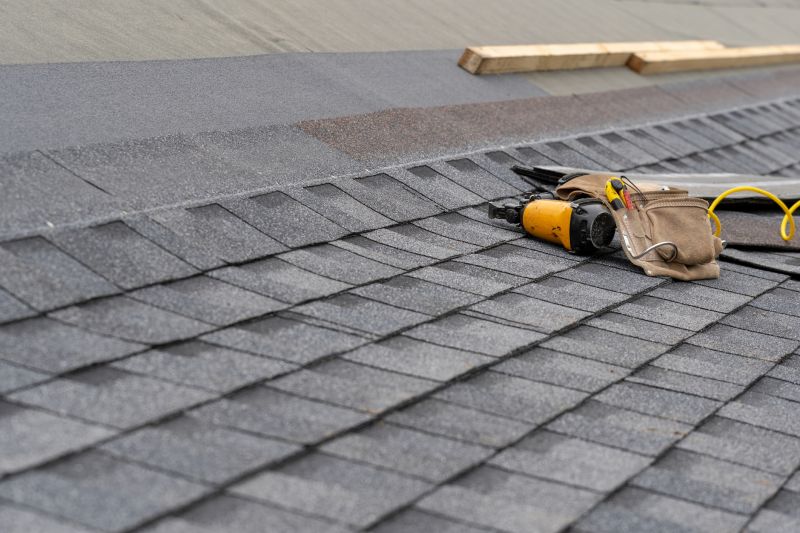
The short, realistic tool list for quality Rubber Roofing Repairs.
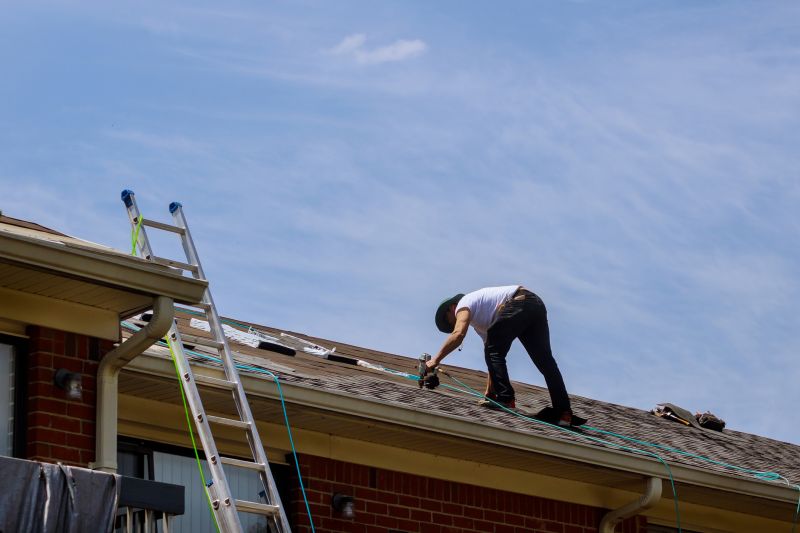
Rough timing from prep to clean-up for Rubber Roofing Repairs.

Quick checks and paperwork to keep after Rubber Roofing Repairs.
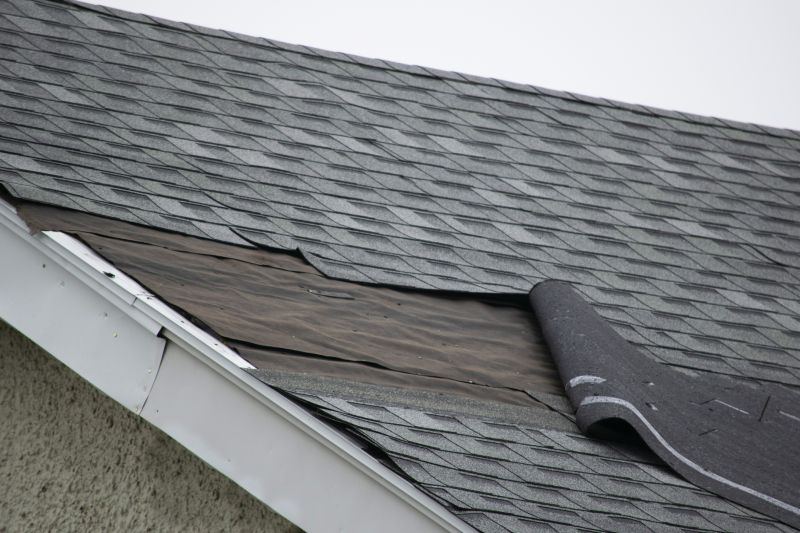
Examples that show the impact a good Rubber Roofing Repairs can make.
Interested in rubber roofing repairs? Filling out the contact form provides more information about available services and scheduling options. Proper timing and professional repairs help maximize the lifespan of rubber roofing systems, ensuring durability and performance.



